Did you know how fascinating the history of rum is? This ancient alcohol has been consumed for over 300 years and has strong links to the history of the British, French and Spanish colonial empires. There are many different types of rum to try, depending on the ingredients used and the production methods. Discover the differences between molasses rum and rhum agricole.
What is rum?
Rum is a liquor originating in the Americas. It is produced in two different ways:
- either by distillation of molasses which is a residue of sugar production
- or from the natural juice of the cane fermented and distilled, also called vesou
The first method refers to molasses rum or traditional rum. The second refers to rhum agricole.

Amber rum
Geographical origin of molasses rum
Molasses rum is said to have originated in Barbados in the mid-18th century thanks to Peter Blower, who established the cultivation and processing of sugar cane on the island. Molasses rum became widespread in the Spanish, British and then French colonies in the 19th century when sugar cane production became an agricultural and economic activity in its own right. At that time, the English in Jamaica and Barbados were the leading rum producers in the world.
Geographical origin of rhum agricole
When we talk about the geographical origin of rhum agricole, we also have to talk about sugar cane. It was produced in the 17th century in the West Indies in Martinique, but originated in New Guinea and Indochina. Through trade and population movements, it arrived in China and India. Cultivation then became widespread in the French colonies. Competition from sugar beet production forced producers to find new outlets for sugar cane. It was at this time, at the very beginning of the 18th century, that rhum agricole was born.
Today, rhum agricole remains a minority in world production (about 5%). It is mainly produced in the West Indies, especially in Martinique and Guadeloupe which produce 100% rum agricole, but also in Haiti (clairins), Brazil (cachaça), Mauritius and Reunion Island.
Current rum production areas
Simply put, rum is produced wherever sugar cane is found, i.e. in the tropics. The main producing areas and countries are:
- The Caribbean, which is the cradle of rum production and where both rhum agricole (Guadeloupe and Marie-Galante, Martinique, Dominica, Haiti) and molasses rum (Cuba, Jamaica, Dominican Republic, Puerto Rico, Saint Lucia, Barbados, Trinidad and Tobago) are produced
- Central America (Guatemala, Nicaragua, Panama) and South America (Colombia, Venezuela, French Guyana, Guyana)
- Brazil, famous for its cachaça, which is nothing more than the Brazilian form of rhum agricole
- Indian Ocean (Mauritius, Reunion Island, Madagascar, Seychelles)
- Asia (India, Thailand)
- Pacific (Fiji Islands)
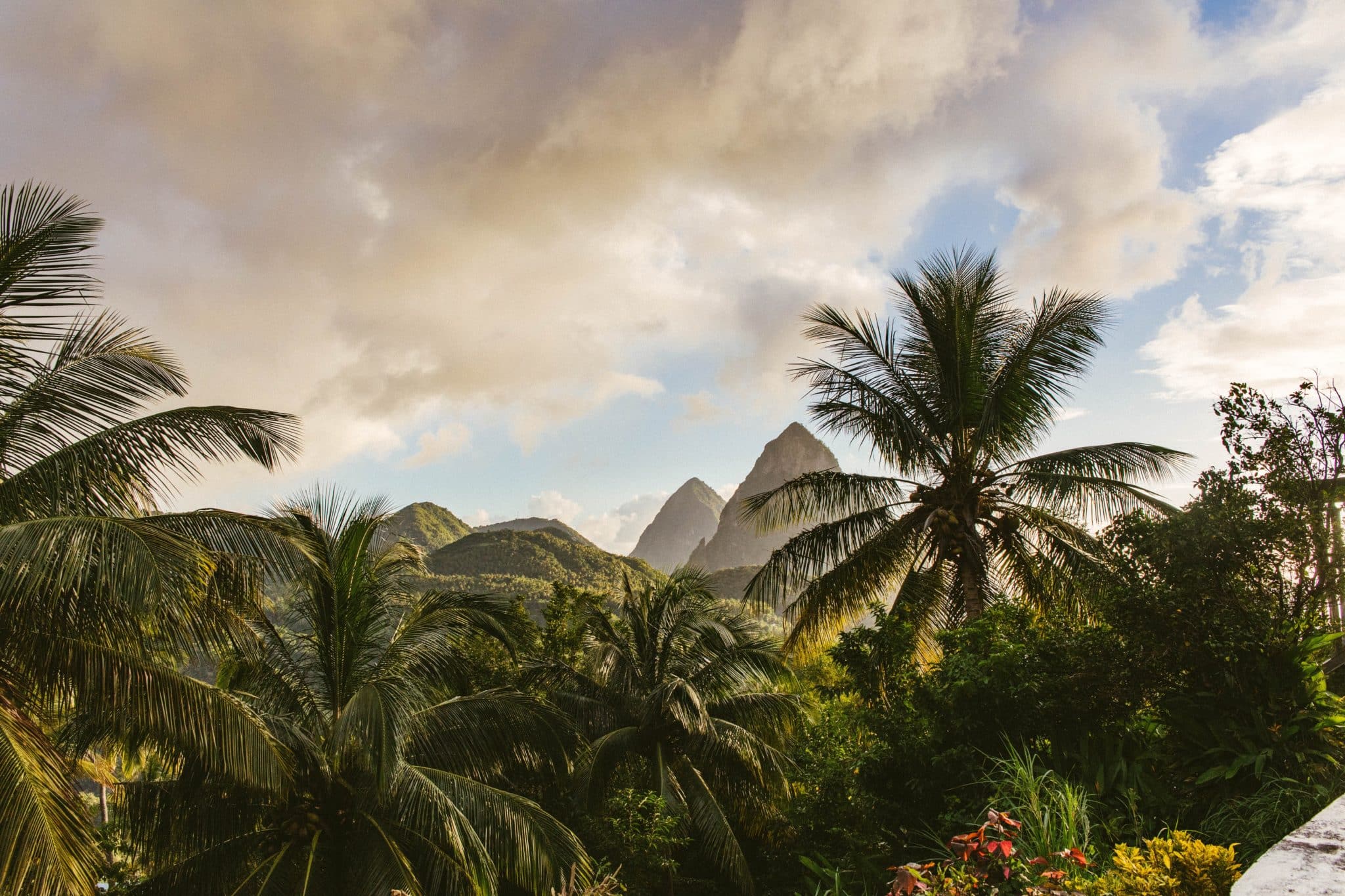
Saint Lucia in the Caribbean and its 2 famous peaks
The differences between rhum agricole and molasses rum in the production process
The main differences between rhum agricole and molasses rum lie in the raw material and the distillation process as well as in the consumption.
The raw material
As you can see, the first difference comes from the raw material:
Rhum agricole is produced by fermentation and distillation of vesou, the name given to the pressed juice of the sugar cane. The vesou is obtained after the meticulous crushing of the canes: between each session the canes are watered to optimise the extraction of the juice. The juice obtained is placed in a vat to await the next manufacturing operations, namely fermentation.
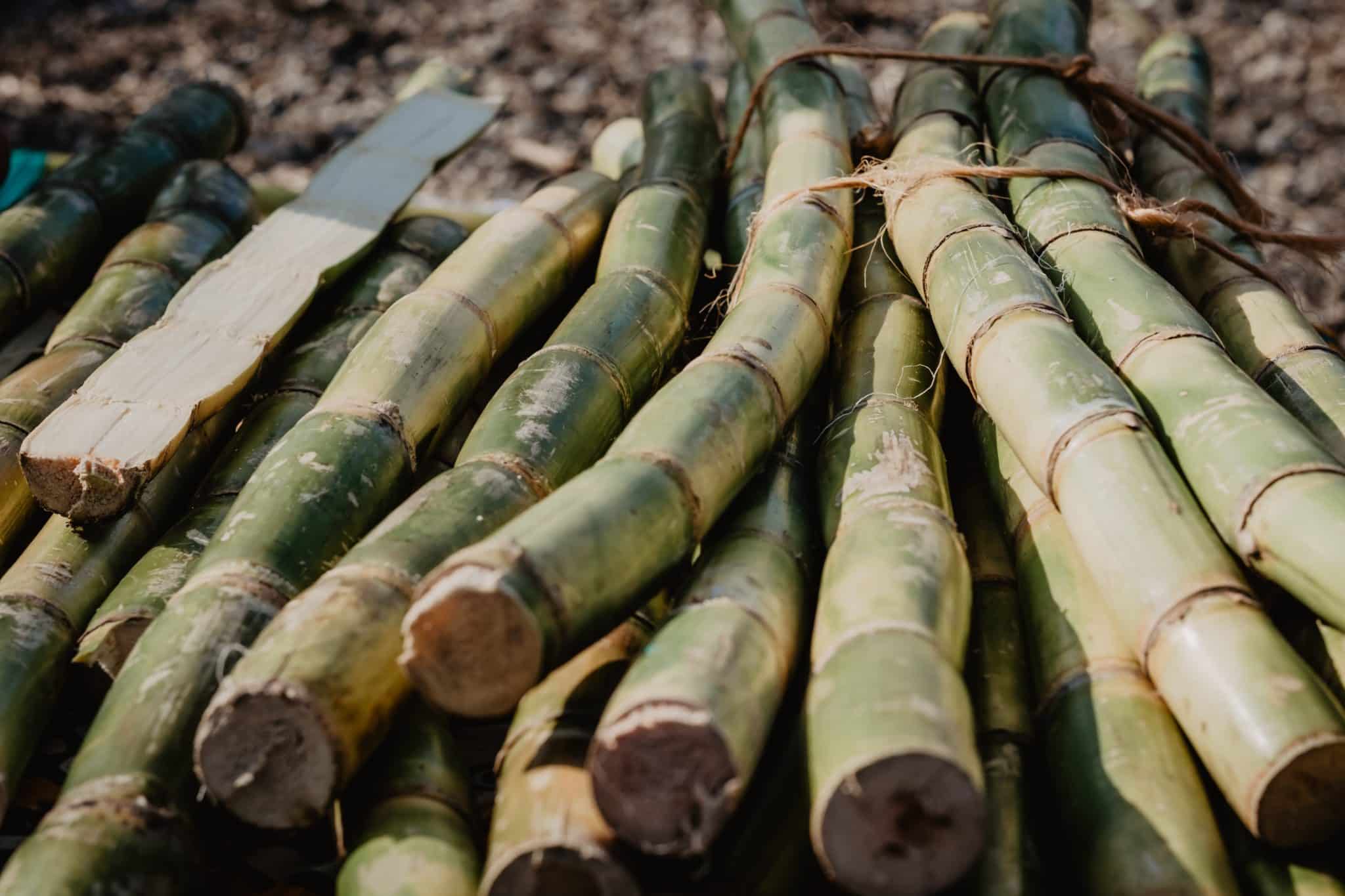
Freshly-cut sugar cane
Molasses rum is produced from crystallised sugar residues. Molasses is therefore the result of refining sugar from sugar cane. Molasses, which is highly concentrated in sugar, has the advantage of keeping very well at any temperature.
The still and distillation of rums
After fermentation of the vesicles or molasses, the mash is distilled in a still. The separation of the alcohol from the water (evaporation process) takes place just before 90°C. The column then transforms the fermented mash into liquor.
The distillation process is the same for both types of rum; it is the still used that makes the difference. The pot still requires a double distillation in order to obtain an alcohol content of 70% vol. or more. The column still distils continuously and at alcoholic degrees ranging from 65% for rhums agricole, for example, to 95% for ‘industrial’ molasses rums. In this respect, the closer the alcoholic strength gets to 100%, the more neutral the alcohol is, i.e. it contains less and less of the aromatic characteristics of the raw material from which it comes. Above 95%, the alcohol is considered neutral (no aromatic characteristics). The column still is therefore the most productive, and is, today, the most widely used for distilling rum. However, the range of column stills is wide.
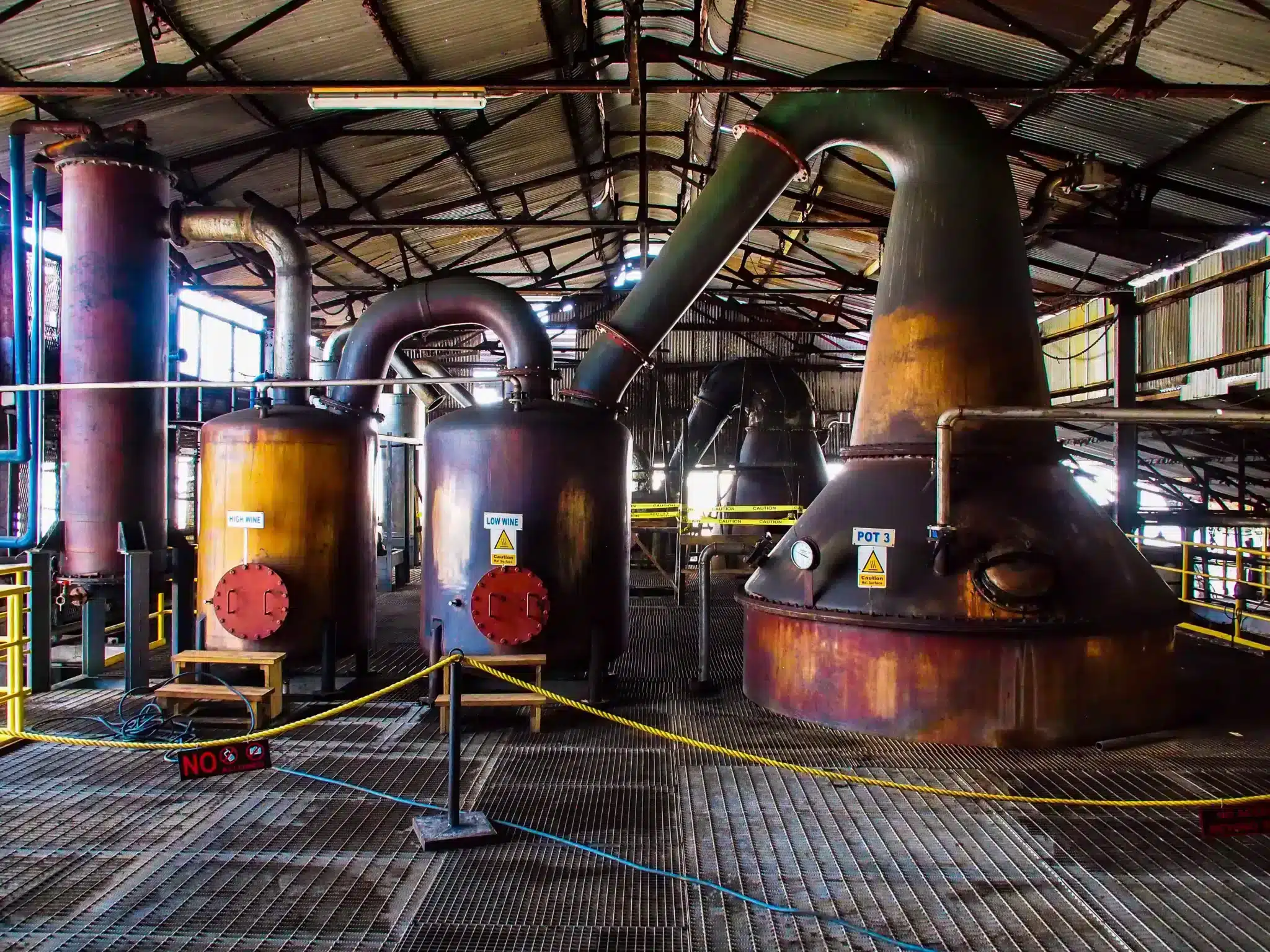
Pot still
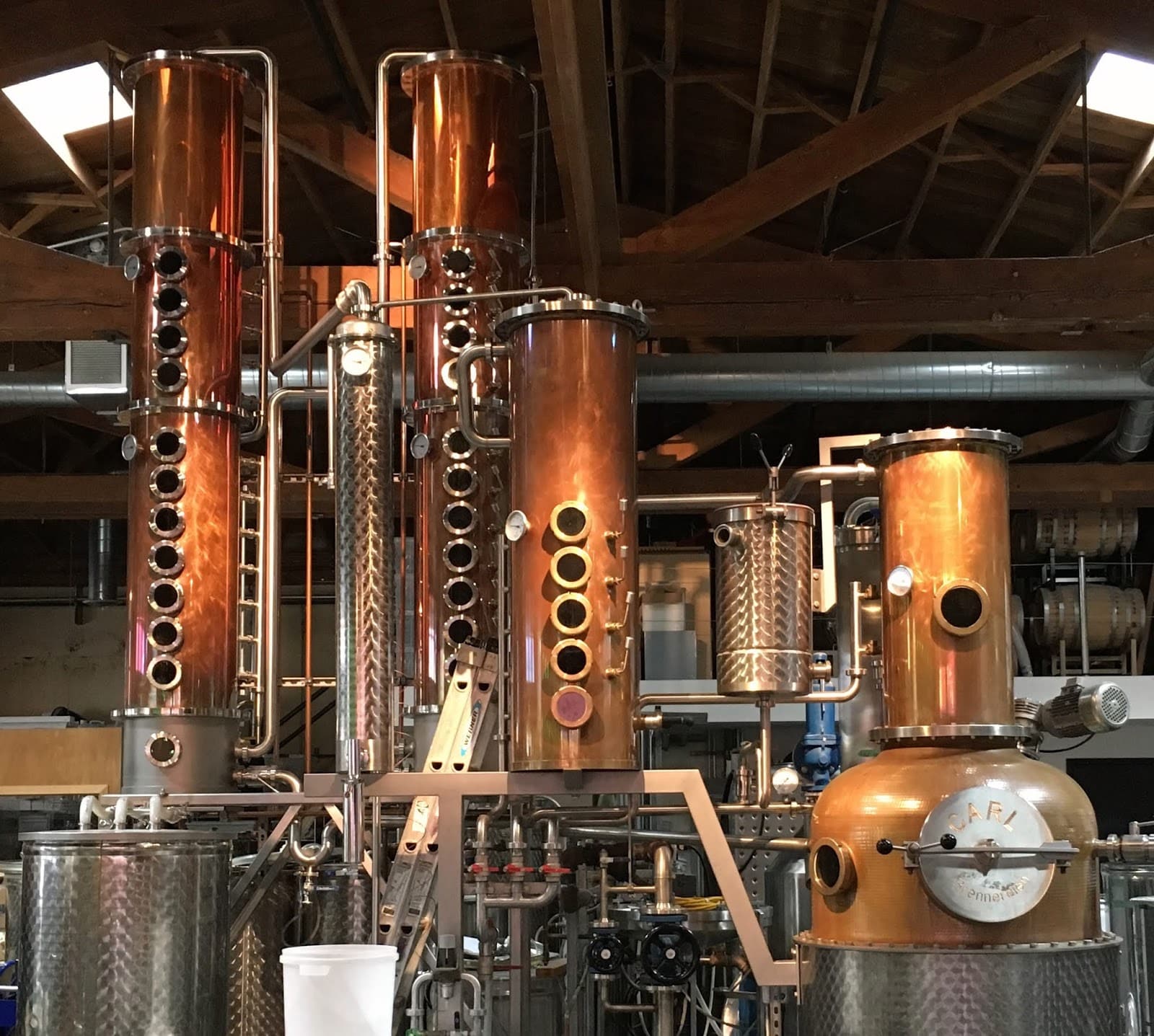
Column still
Rhums agricole are often distilled in ‘Creole’-type column stills which guarantee an alcoholic strength of between 65% and 80% vol. Representing only 5% of the world’s production, rhum agricole refers to traditional production methods which are part of a true expertise, particularly in Martinique where they are protected by a very strict AOC. For example, to obtain this prestigious AOC, the rum must exit the still between 65 and 75% vol.
Molasses rums are distilled in columns that are often much higher, from which the rum comes out between 85% and 95%. They are therefore less aromatic than their agricole cousin when they leave the still.
White or dark rum
White rum is bottled directly after resting in the vat for a few months in general, but it can take more than a year. This is the case for our BANQERO Silver white rum, which undergoes a 6-month rest in vats before being bottled. However, white rum can also be aged in casks or oak barrels to enhance its profile. In this case, it undergoes activated carbon filtration before bottling to regain a translucent white colour.
Dark rums are aged for several years, sometimes more than 10 years, in oak barrels that have generally contained bourbon. This is the case, for example, with the rums in our BANQERO XO range. The choice of these barrels is historic. Bourbon is produced in the United States, mainly in Kentucky. To obtain the bourbon designation, it must be aged in new oak barrels for at least two years. At the end of the ageing process, the barrels are still good and the Caribbean rum producers bought them back to age their rum in them, thus giving them a second life. This tradition has flourished and even today the overwhelming majority of molasses rums are aged in ex-bourbon barrels. At the end of the ageing process, the rum reveals a brown colour. Ageing is therefore an optional stage for rum, but it allows it to become more complex and to become a true tasting spirit.
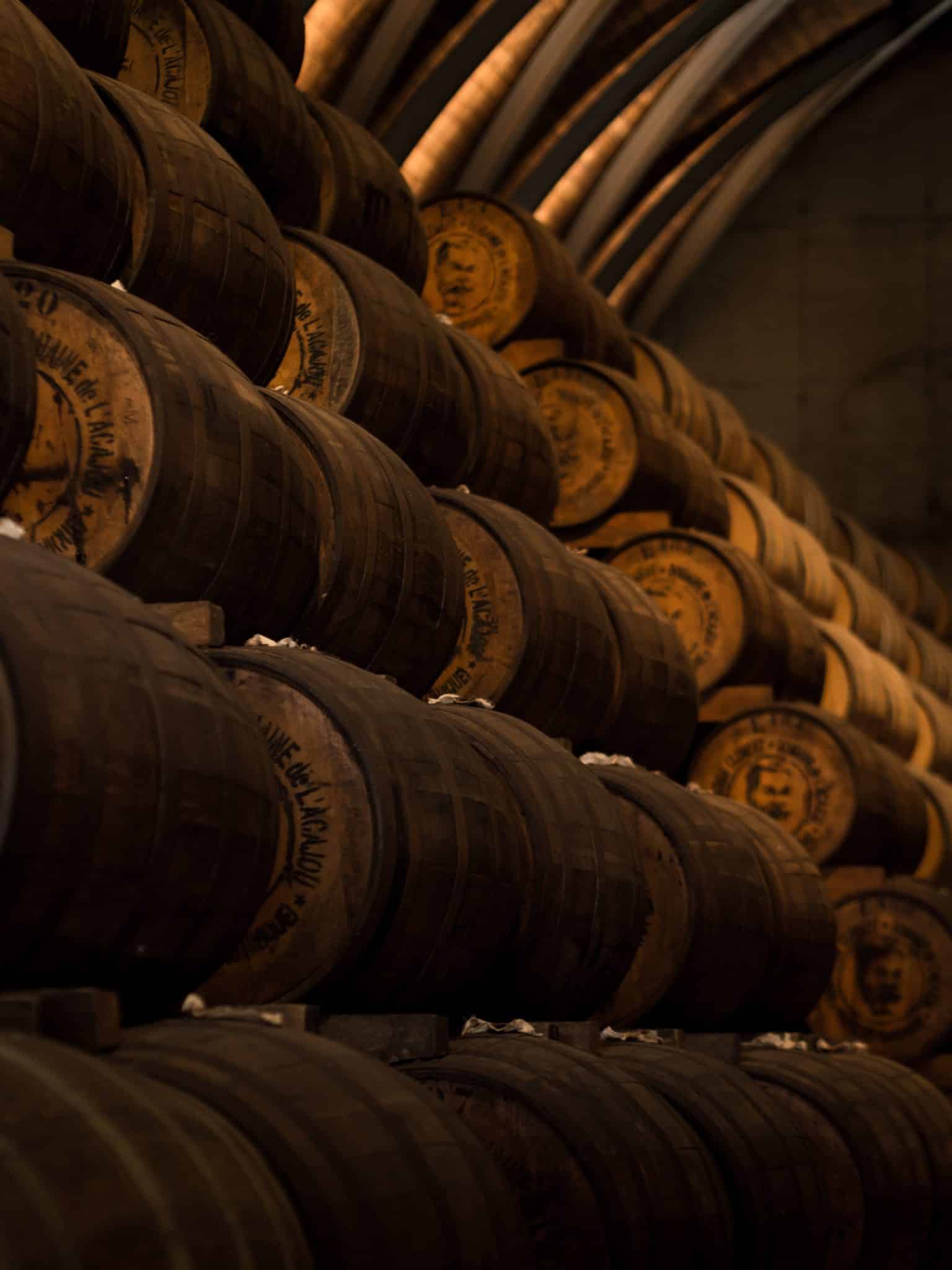
Rum barrels being aged
The flavour of rum
The flavour of rum varies greatly depending on the raw material (molasses or vesou) used to produce it. The main characteristic of rhum agricole comes from the very pronounced aromas of the sugar cane on vegetal and floral notes with banana and citrus scents. Molasses rum has strong aromas of caramel, coffee, cocoa or vanilla. Everyone has their own preferences, as both reveal different characters.
Consumption of molasses rum and rhum agricole
Molasses rum is popular in the creation of cocktails because it is not very flavourful. Easy to produce and lightweight, it has been democratised on a global scale. White and amber rum are most commonly used in cocktails such as the Mojito. Aged molasses rum has also established itself as a tasting spirit and, since the whisky market is undergoing rapid inflation, is gaining many new fans.
Rhum agricole is drier, fruitier with a complexity of intense flavours due to the sugar cane and the land. Since rum has been recognised as a tasting spirit, rhum agricole has become more visible and its consumption has increased.
Molasses rum or rhum agricole: which is better?
The answer can be found in one simple sentence: the one you like best! As with wine, it is above all important to try it, to be open to new experiences and to form your own opinion. That is why, at BANQERO, we aim to offer the widest possible range of rums to satisfy the novice, the amateur and the connoisseur. We produce molasses rum in Switzerland, double-age rums from the Caribbean, Central and South America, offer punch rums from Guadeloupe made from rhum agricole and invite you to create pink cocktails with our Pink rum-apero.
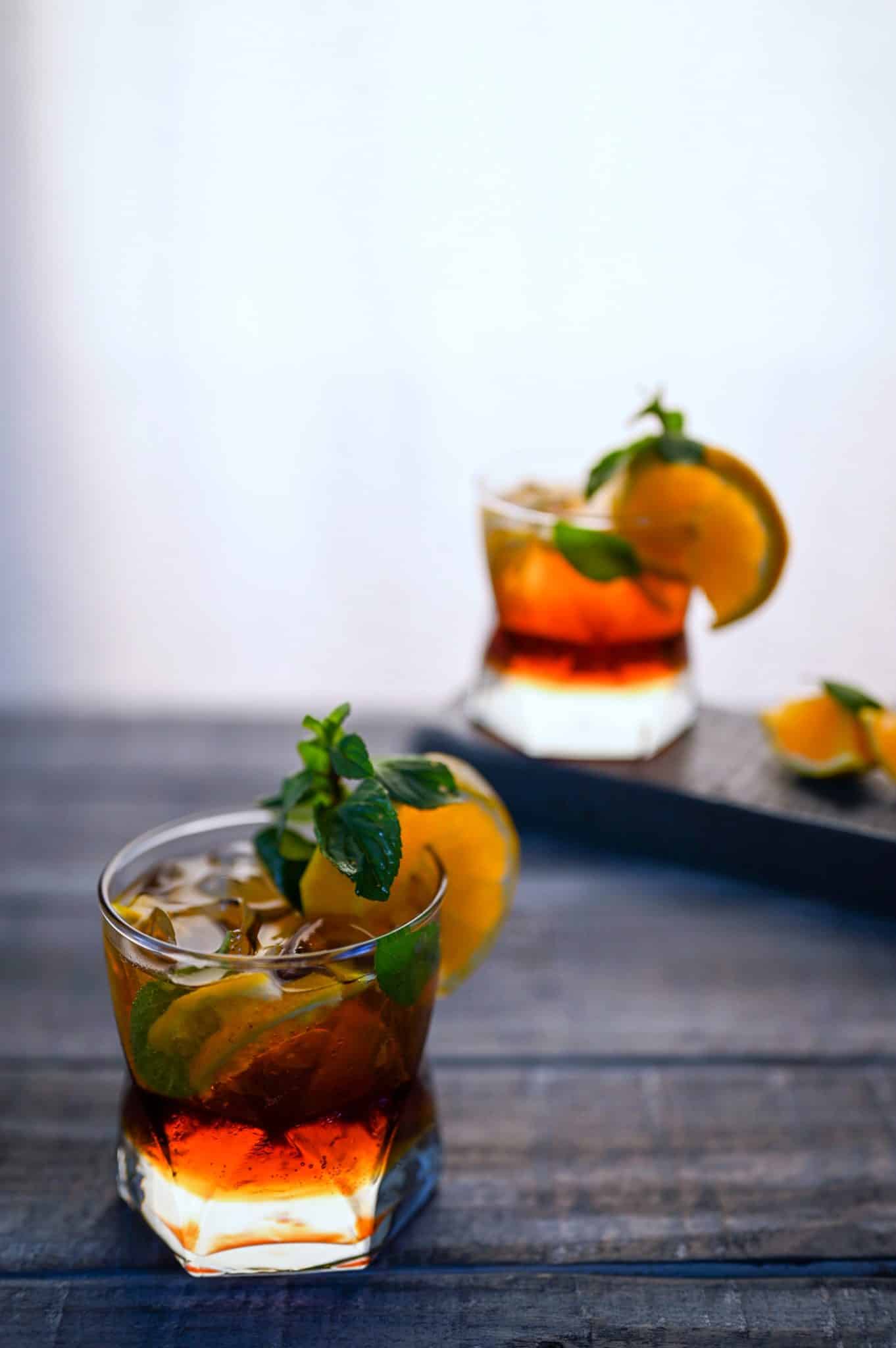
Rum-based cocktails
Allow yourself to be seduced, discover, experiment; rum can be drunk in all its forms!


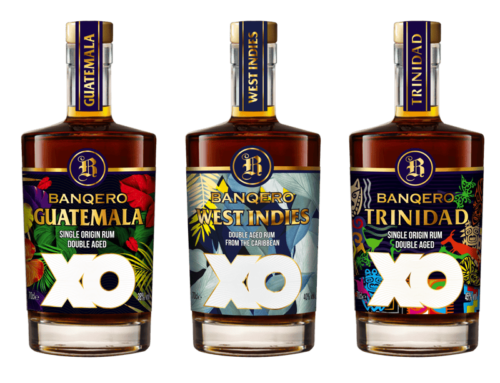
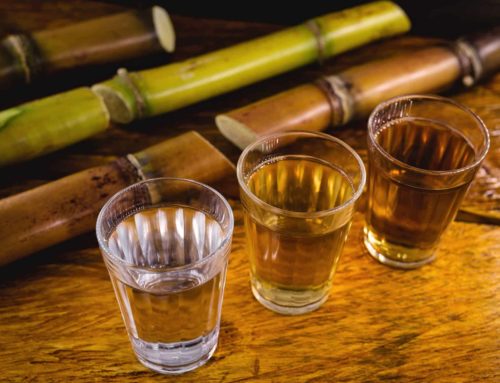
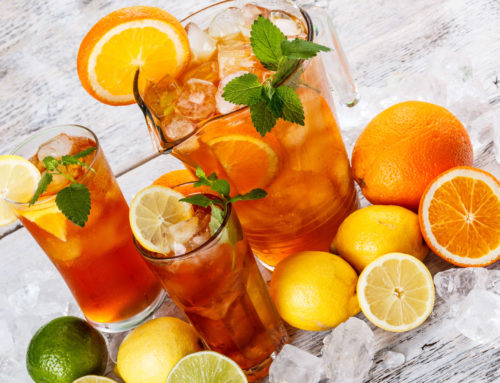
Leave A Comment